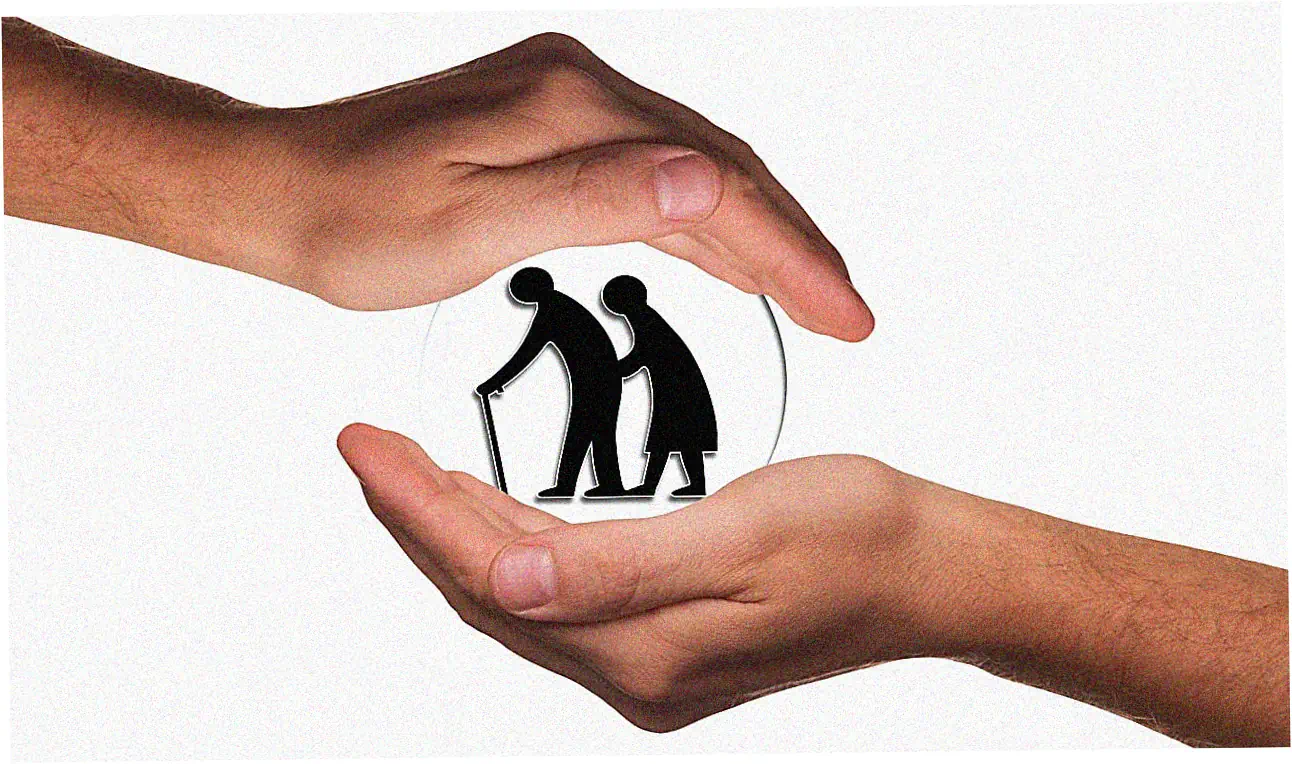I’ll never forget when I first found out about 0% APR balance transfers – it was like discovering a secret financial hack. I’d been struggling with multiple credit cards that had crazy high interest rates, so being able to stop interest charges while paying off debt completely changed the game for me. These intro deals let you move your current balances to a new card that won’t charge any interest for a while, usually between 12 to 21 months. Here’s the thing most articles skip over – you need a solid plan with these balance transfers, otherwise you could end up in worse shape than when you started. Let me show you how to make these financial tools work for you while avoiding the hidden traps.
Table of Content
Let’s break down how balance transfers actually work
Here’s the real deal with those 0% APR offers
Basically, a balance transfer means you’re shifting debt from high-interest cards to a new card with temporary 0% APR Your new card company pays off your old balances.
and you pay them back with no interest during the promo period Since average credit card rates sit around 20%, these 0% APR deals can save you hundreds or thousands in interest Just remember these are temporary – new purchases get hit with regular rates, and whatever’s left after the promo period starts accruing normal interest.
Let me show you how much you could save with a real example I moved $5,000 from a 22% APR card to an 18-month 0% APR deal and figured my savings like this: balance times interest rate times time equals your potential savings For me.
that meant $1,650 in interest I didn’t have to pay! That breathing room let me actually chip away at my main debt Don’t forget to include the 3-5% transfer fee when you crunch your numbers.

Who should actually consider balance transfers
Balance transfers don’t work for everyone – it depends on your debt situation The ideal candidate has decent income compared to their debt and a solid plan to pay it off during the 0% period Start by listing all your credit card debts – the amounts.
interest rates, minimum payments, and when you think you can pay them off You’ll want good credit (670 ), steady income, and debt you can realistically clear during the introductory period If your credit isn’t great, try secured cards or credit builder loans before going for balance transfer cards.
| Debt Amount | Current APR | Recommended Action |
|---|---|---|
| If you owe under $1,000 | and your rate is below 15% | just focus on paying down your current card fast |
| For debts between $1,000 and $5,000 | with rates of 15-25% | think about a 12-15 month 0% APR balance transfer |
| If you’re carrying over $5,000 | at 25% or higher | go for those longer 18-21 month 0% APR cards |

Picking the best balance transfer cards
Looking at how long those 0% APR offers last
Here’s the key thing – you need to match your payoff plan with the 0% APR period. I made this mistake myself – picked a 12-month deal when I actually needed 15 months to pay off my balance. Now I always give myself an extra 3 months cushion.
The best cards right now give you up to 21 months with no interest – Citi Simplicity and BankAmericard usually have the longest 0% APR periods. Just keep in mind – longer 0% APR deals might cost you more in transfer fees, usually 3% to 5%.
Now let’s talk about fees – every balance transfer card charges you, typically 3-5% of what you move over. When I was comparing cards, I made a spreadsheet to figure out the real cost.
Some cards used to waive transfer fees, like the Chase Slate Edge, but those deals are pretty rare now. Also watch those transfer limits – most cards only let you move amounts up to your credit limit.
Here’s a pro tip – after making payments on time for a few months, you can often ask for a higher credit limit.

Understanding what credit score you need
For the best 0% APR balance transfer cards, you’ll usually need a FICO score of 670 or better. When I applied with a 685 score, I got approved but with a smaller limit than I expected.
They mainly look at three things – your payment history, how much credit you’re using, and recent credit applications. Before you apply, check your credit reports for free and use monitoring services to see where you stand.
Applying for too many cards at once can hurt your score, so spread them out or use prequalification tools first.
| Credit Score Range | Approval Likelihood | Recommended Cards |
|---|---|---|
| 580-669 | Low | Secured cards, credit union offers |
| 670-739 | Good | Mid-tier bank cards, store cards |
| 740-799 | Very Good | Most premium balance transfer cards |
| 800 | Excellent | All cards, best terms and limits |

Let’s talk about how to actually pay off that debt strategically
Making a payment plan that works for you
Here’s the biggest mistake people make with 0% APR balance transfers – they only pay the minimum during the promo period If you want to actually get debt-free.
take your balance and divide it by your intro period months minus one Say you transferred $6,000 with an 18-month 0% APR offer – that’s $353 per month Set up auto-pay for that amount right after your transfer goes through I check my progress every three months and adjust if necessary The CFPB has free budgeting tools and a debt calculator that works with 0% APR balance transfer periods.
Now let’s talk about avoiding common mistakes – life happens and plans need to change sometimes My car broke down halfway through my 0% APR period and I had to lower my payments temporarily Just talk to your card company – they often have hardship programs that won’t hurt your credit Another trap is using those old cards you just paid off I actually froze my cards in ice to stop myself from using them! You could also ask to lower the limits on your paid-off cards so you don’t rack up new debt.

How to handle new purchases while paying off your balance transfer
This is where people mess up – card companies usually put your payments toward the lowest APR balance first So if you make new purchases on the same card, your payments go to the 0% balance while the new stuff racks up interest!
The fix is simple – use a different card for new spending or make extra payments for the high-interest balance I learned this the hard way – $200 in purchases cost me $38 in interest because I didn’t get how payments were applied.
What about rewards while you’re paying down debt? You might be thinking about cash back offers But here’s the truth – no rewards are worth carrying high-interest debt Once your 0% APR balance transfer is paid off.
these cards can be great for cash back Take the BankAmericard Cash Rewards – it has balance transfer deals and cash back on gas and groceries Just don’t carry a balance on rewards cards – the interest will always cost more than you earn Pay them off every month to really benefit from rewards programs.
Here are some advanced balance transfer tricks
Let’s talk about doing transfers one after another
If you’ve got bigger debts that won’t clear during one 0% APR period, you can keep moving them to new cards. This stretches out your interest-free time. Basically, you shift what’s left to another 0% APR card before your current deal runs out.
I did this myself – kept $8,000 at 0% interest for almost three years using two cards. Timing matters most – get your new card when you’ve still got 3-4 months left on your current one. That gives enough time to move the balance.
Just remember, every application dings your credit with a hard check. Opening lots of new accounts also shortens your credit history.
Now about protecting your credit score – when you do several balance transfers, you need to be smart about it. Wait at least six months between applications to keep your score healthy.
And don’t close old cards right after moving balances – that messes up your credit utilization. Here’s what worked for me – I kept my first card open and just put small monthly bills on it, like streaming services, paying them off every month.
This kept my payment history strong and credit mix diverse, plus I wasn’t tempted to overspend. Keep an eye on your credit reports the whole time – you can get free weekly ones from all three bureaus through 2023.
Mixing balance transfers with other debt fixes
0% APR balance transfers really shine when they’re part of your bigger debt payoff plan. I used the debt avalanche approach with mine – throwing extra money at my highest interest debts first while keeping up with minimum payments elsewhere.
If your debts are too big for balance transfer limits, check out personal loans with fixed rates – they’re usually cheaper than credit card interest. Nonprofit credit counseling can sometimes get you lower rates through debt management plans.
but you might have to close some accounts. Every choice has pros and cons – balance transfers are cheapest but you need serious self-control.
| What you do | Works best for | What you might save | Effect on credit |
|---|---|---|---|
| 0% APR Balance Transfer | Good credit scores and clear payoff plans | Skipping 18-24% interest charges | Small temporary drop |
| Debt Consolidation Loan | Big debts and steady payments | Cutting interest by 5-15% | Medium hit at first |
| debt management plan | Lots of different debts needing organization | Lowering interest by 10-20% | Depends on the program |
| Debt Settlement | Really tough money situations | Cutting what you owe by 25-50% | Big credit score damage |
Let’s talk about keeping your finances healthy after that balance transfer
Moving from debt payoff to building real wealth
Here’s the key move: take those old debt payments and put them straight into savings. The best part about finishing your 0% APR balance transfer plan? You finally get that cash flow freedom.
Those monthly payments you used for debt can now build your future wealth. After I cleared my $7,200 balance transfer, I took that $400 monthly payment and sent it right to my emergency fund.
Once I hit $5,000 there, I started investing that money instead. Money experts call this payment recycling – basically keeping your frugal habits going even after you hit your money goals.
Just set up automatic transfers from checking to savings on the same day you used to make debt payments. Makes the switch totally smooth.
Next step: using credit cards wisely after payoff. Congrats! You’ve nailed balance transfers and wiped out that high-interest debt. Now you’re in the maintenance stage.
I gave my paid-off balance transfer card a specific job – mine now covers all my subscriptions with autopay. This keeps my payment history perfect. If your card has an annual fee, think about switching to one with better long-term perks.
Once I could pay my bill in full each month, I made the Citi Double Cash card my go-to for everyday spending – it gives me 2% back on everything. Heads up – now that you’ve shown you’re good with credit.
you’ll probably get hit with lots of premium card offers. That’s what insiders call the credit card gun.
Keeping track of your progress
Key move: set up regular money check-ins. Staying debt-free isn’t a one-and-done thing – it’s something you keep working on. I do money check-ups every three months. I look at my credit reports, check my debt, and see how my savings are growing.
Apps like Credit Karma and Mint give you free monitoring, but I still go through my statements myself looking for weird fees or rate hikes. Keep an eye out for universal default stuff in your card terms.
It’s pretty rare now, but it used to let card companies jack up your rates if you were late with anyone. The CARD Act from 2009 mostly got rid of this, but you should still know what’s in your agreement.
Big picture: building money resilience. The real point of getting out of debt isn’t just being debt-free – it’s creating money habits that keep you from falling back in. After my balance transfer win, I created what I call my financial airbag.
It’s got three layers: first a quick $1,000 emergency fund, then 3-6 months of living expenses saved up, plus the right insurance coverage. This safety net means I won’t ever have to put emergencies on high-rate credit cards.
Check your insurance every year – having enough coverage costs way less than putting surprise expenses on credit cards.
0% APR balance transfers are seriously powerful for killing credit card debt. But you need a smart plan and you’ve got to stick with it. Pick the right card for your situation, make a realistic payoff plan, and dodge the common mistakes.
You’ll save thousands on interest and get to financial freedom faster. The mental boost you get from seeing your actual debt go down every month is amazing. I went from feeling stuck in debt to totally controlling my money future.
Ready to begin your debt-free journey? Drop your biggest balance transfer question in the comments, or grab our free Debt Payoff Timeline Calculator to make your own repayment plan. Your future self will be so grateful you took this first step toward money freedom!
FAQ About 0% APR Balance Transfer
So what if you don’t clear that balance transfer before the 0% APR period ends?
Once that 0% intro period is over, whatever balance you have left starts racking up interest at the card’s regular rate – usually somewhere between 15% and 28%.
Some companies might even hit you with back-interest on your original transfer amount, but that’s pretty unusual for regular credit cards – you see it more with store financing deals. Just make sure you check your card’s exact terms before you move any money over.
Can you shift balances between cards from the same bank?
Big banks like Chase, Citi, and Bank of America usually won’t let you transfer between cards they issued. There might be rare cases where they allow it, but most times you’ll need to move your balance to a card from another company.
They do this so people can’t keep jumping between their cards to grab intro offers without the bank getting new customers.
What does a balance transfer do to your credit score?
You’ll probably see a small drop at first – maybe 5 to 15 points – because of the credit check and new account. But as you chip away at the balance and your credit usage goes down, your score usually bounces back in 4 to 6 months.
often ending up better than where you started. That temporary hit is usually worth it since you’re paying down debt faster in the long run.
What other options do you have besides balance transfers for credit card debt?
Sure, you’ve got a few choices – personal loans with rates from 6% to 36%, debt management plans from nonprofits that can get your rates down to 7-10%, home equity loans around 4-8% (but those put your house on the line).
and for really tough situations, bankruptcy. Each one comes with different costs, credit impacts, and risks, so you’ll want to pick what works best for your particular money situation.